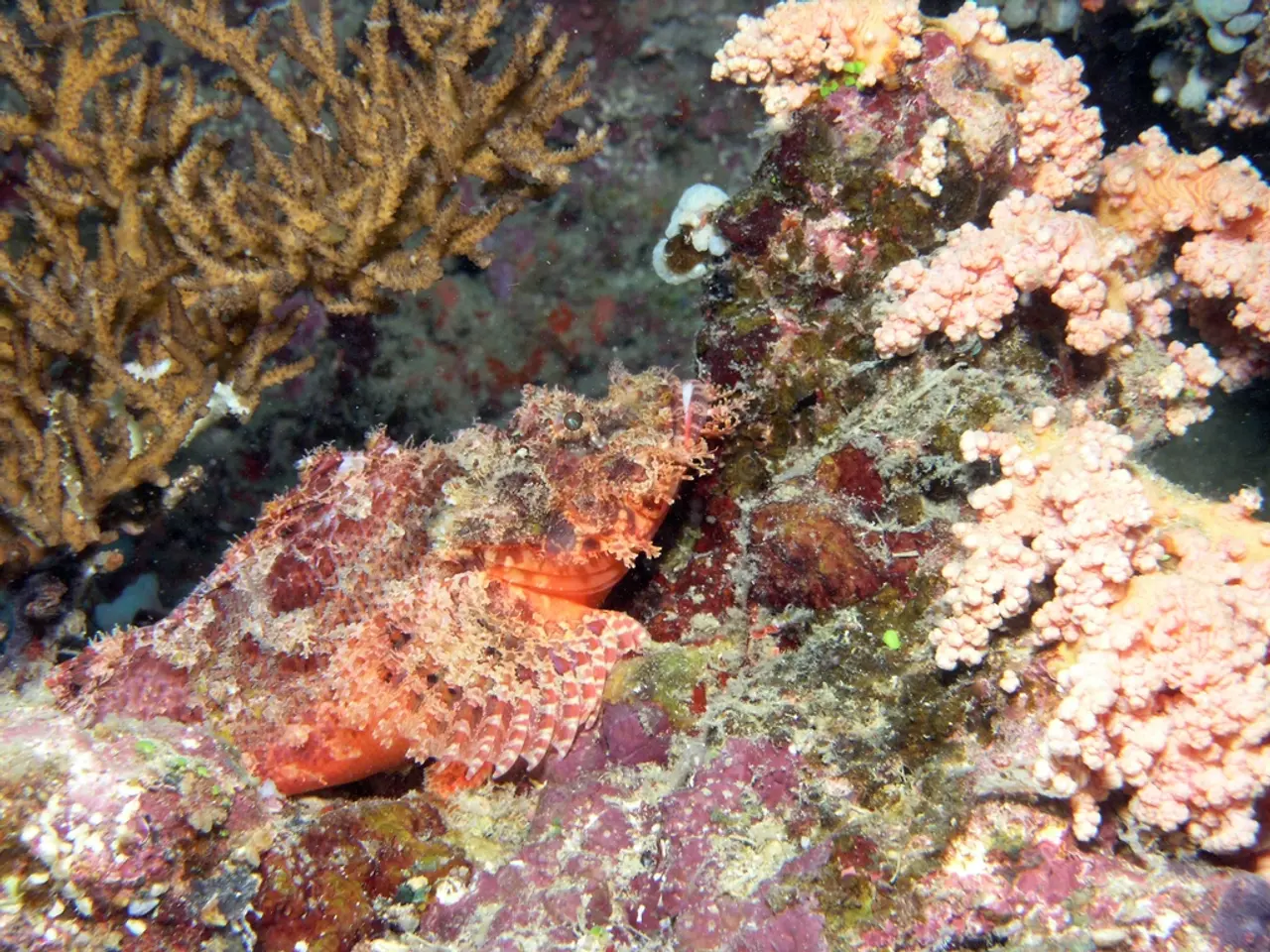International Strategy for Seaweed Management
The Andalusian Regional Government has taken a proactive approach to combat the invasive Asian seaweed, Rugulopteryx okamurae, which has been causing disruption along the Costa del Sol's beaches. The management plan, approved in July 2025, aims to mitigate ecological and economic damage while exploring potential uses of the seaweed as a resource.
The plan encompasses several key elements. Monitoring and mapping systems have been established to track the seaweed's spread, biomass accumulation, and environmental impacts. Scientific research is being conducted to understand the seaweed's biology, ecology, and behavior, informing intervention strategies and assessing its socioeconomic effects.
Protection of native species and habitats is central to the effort, with measures in place to safeguard threatened ecosystems and designated conservation areas. Institutional coordination is also a crucial aspect, involving collaboration across government departments and a long-term commitment to managing the species.
The plan acknowledges that eradication is not feasible in the short to medium term due to the seaweed's rapid spread and lack of natural predators. Instead, it seeks to control its impact through ongoing research, monitoring, and removal in critical areas.
In addition, the Andalusian government is investigating ways to utilise the invasive seaweed biomass beneficially. Possible solutions include converting it into energy, industrial or agricultural products, or using it in the production of sustainable products like compost and fertilizers. However, legal and regulatory constraints linked to invasive species exploitation apply.
The strategy aligns with broader national and European Union concerns, as Rugulopteryx okamurae is officially recognised as an invasive species in Spain since 2020 and a continent-wide threat by the EU since 2022.
The plan includes preventive monitoring of regions at risk of future invasion, ensuring that Andalusia remains vigilant in its fight against this invasive species. This multi-faceted approach combines scientific research, environmental protection, monitoring, biomass utilization, and institutional cooperation, offering a promising solution to manage and mitigate the invasive Asian seaweed problem rather than attempting complete eradication at this stage.
During cleanup operations, specific protocols for the safe removal, handling, and disposal of the seaweed have been outlined. These procedures cover collection on beaches and ports, as well as the disinfection of tools and containers used in the process.
Since its detection in 2016 near the Strait of Gibraltar, the seaweed has spread rapidly across Andalusia's shores, from Cabo de Gata in Almería to El Puerto de Santa María. The aggressive colonization of the seaweed has disrupted ecosystems, smothered native species, and threatened habitats.
Despite the challenges posed by this invasive species, there is a strong possibility of creating environmentally and economically viable solutions with the efforts of groups like Macroalgae. The ongoing efforts of the Andalusian government offer a beacon of hope for the future of Andalusia's coastal industries and ecosystems.
- The Andalusian Regional Government's management plan for the invasive Asian seaweed, Rugulopteryx okamurae, also explores potential uses of the seaweed's biomass in sectors such as health-and-wellness, fitness-and-exercise, climate-change, and environmental-science, like converting it into energy, industrial or agricultural products, or using it in the production of sustainable products like compost and fertilizers.
- In addition to scientific research and ecological protection, the strategy encompasses the promotion of health-and-wellness and fitness-and-exercise through encouraging natural, seaweed-based products for personal care, fitness supplements, and sports equipment, contributing to a more sustainable handling of the invasive species issue.




